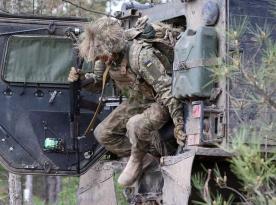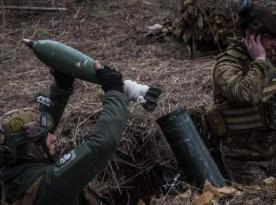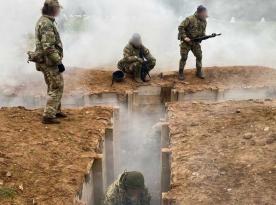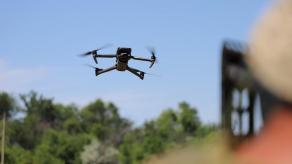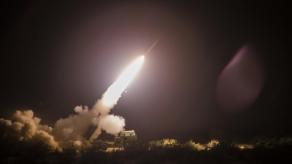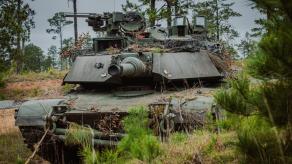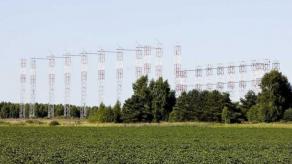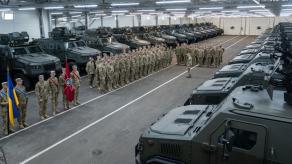Describing the Battle for Kyiv The Washington Post concludes that Ukrainian valor, Russian blunders combined to save the capital of Ukraine.
Despite the flaws that would emerge in Russia’s war planning, the outcome of the battle for Kyiv was far from predetermined.
Read more: Ukraine Hosted Online International Crimea Platform. Main Statements
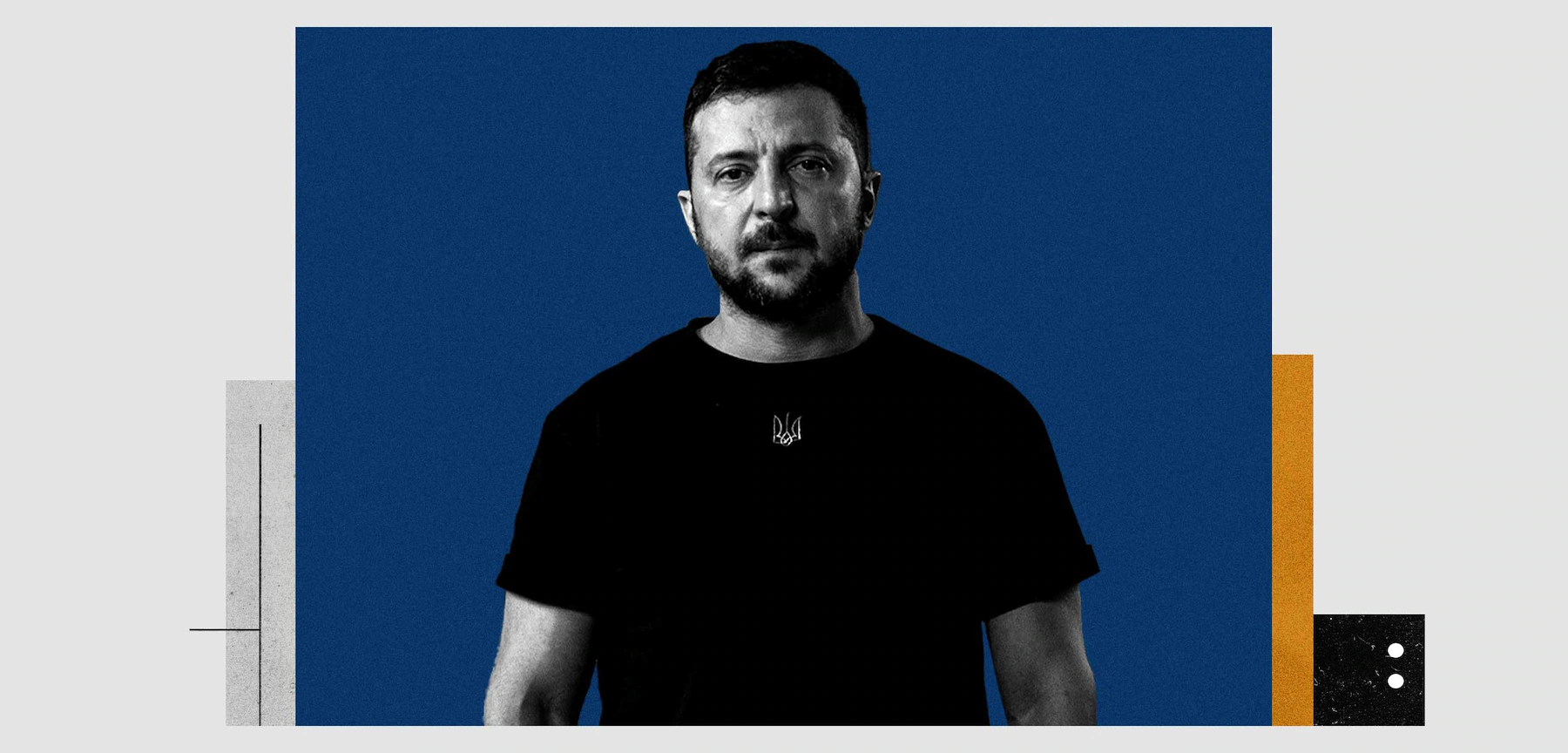
This account of how Ukrainian forces defended, and saved, their capital is based on interviews with more than 100 people — from Zelensky and his advisers, to Ukrainian military commanders, to volunteer militiamen, as well as senior U.S. and European political and military officials.
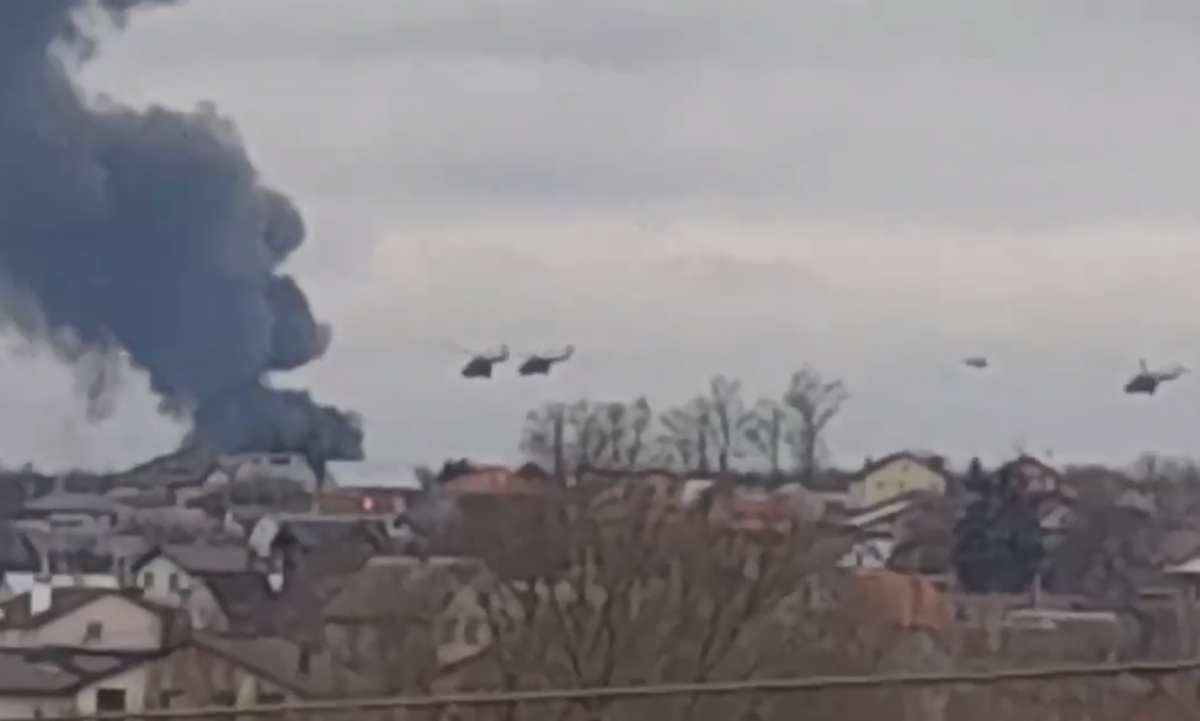
A reconstruction of events shows that even as Ukraine’s political leadership had downplayed the likelihood of a full-scale invasion, the Ukrainian military had taken critical steps to withstand Russia’s initial assault. Commanders had moved personnel and equipment off bases, despite in many cases their own doubts about what was to come.
The notion that Kyiv — where urban warfare would vex even the most sophisticated military — could be Putin’s primary initial target defied belief for most of the Ukrainian elite, even within the armed forces.
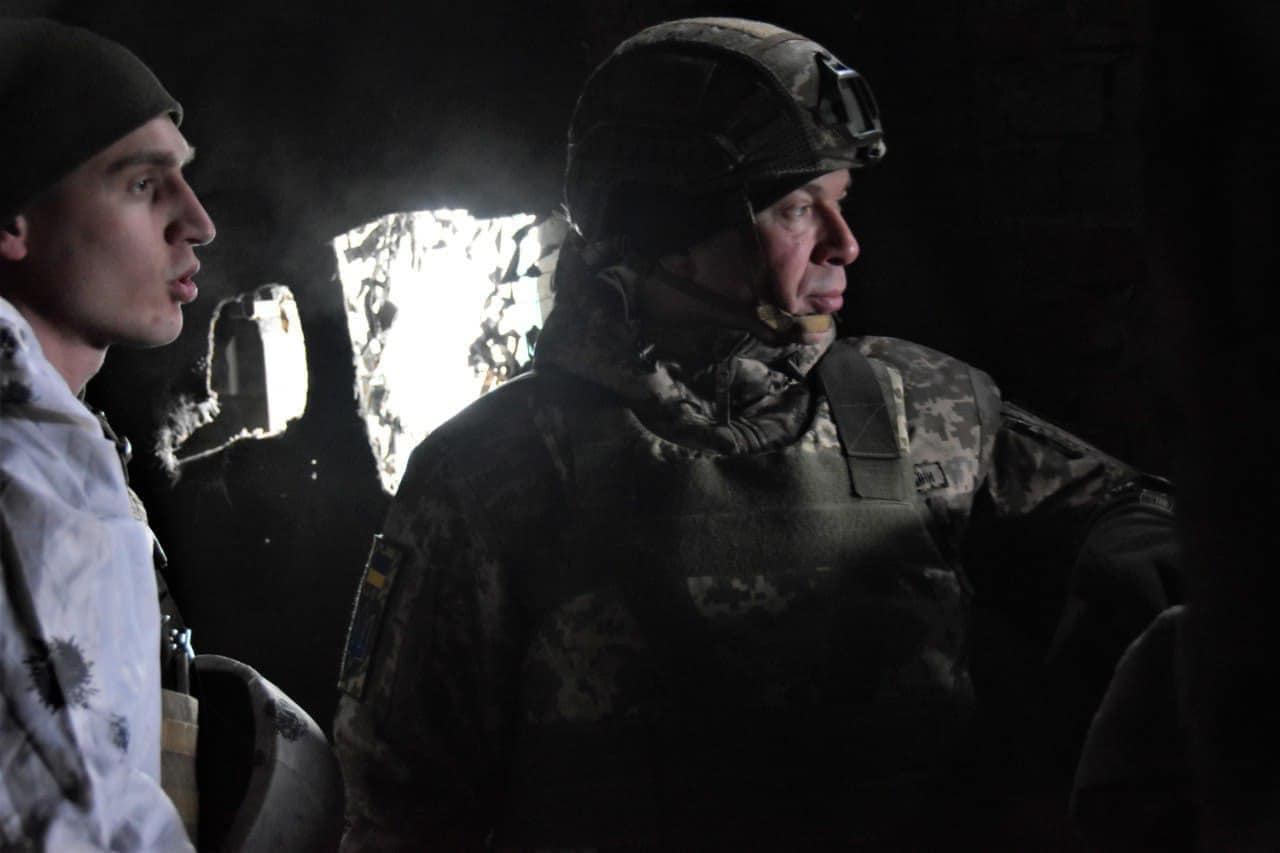
“To think the leadership of Russia would unleash such brazen, large-scale aggression, honestly speaking, I could not even imagine it,” recalled Syrsky, who had fought Russia and its separatist proxies in eastern Ukraine and was tapped to lead Kyiv’s defense just before the invasion. “It seemed to me that if active hostilities were to start, they would most likely start in the east, around or within the borders of the Donetsk and Luhansk regions.
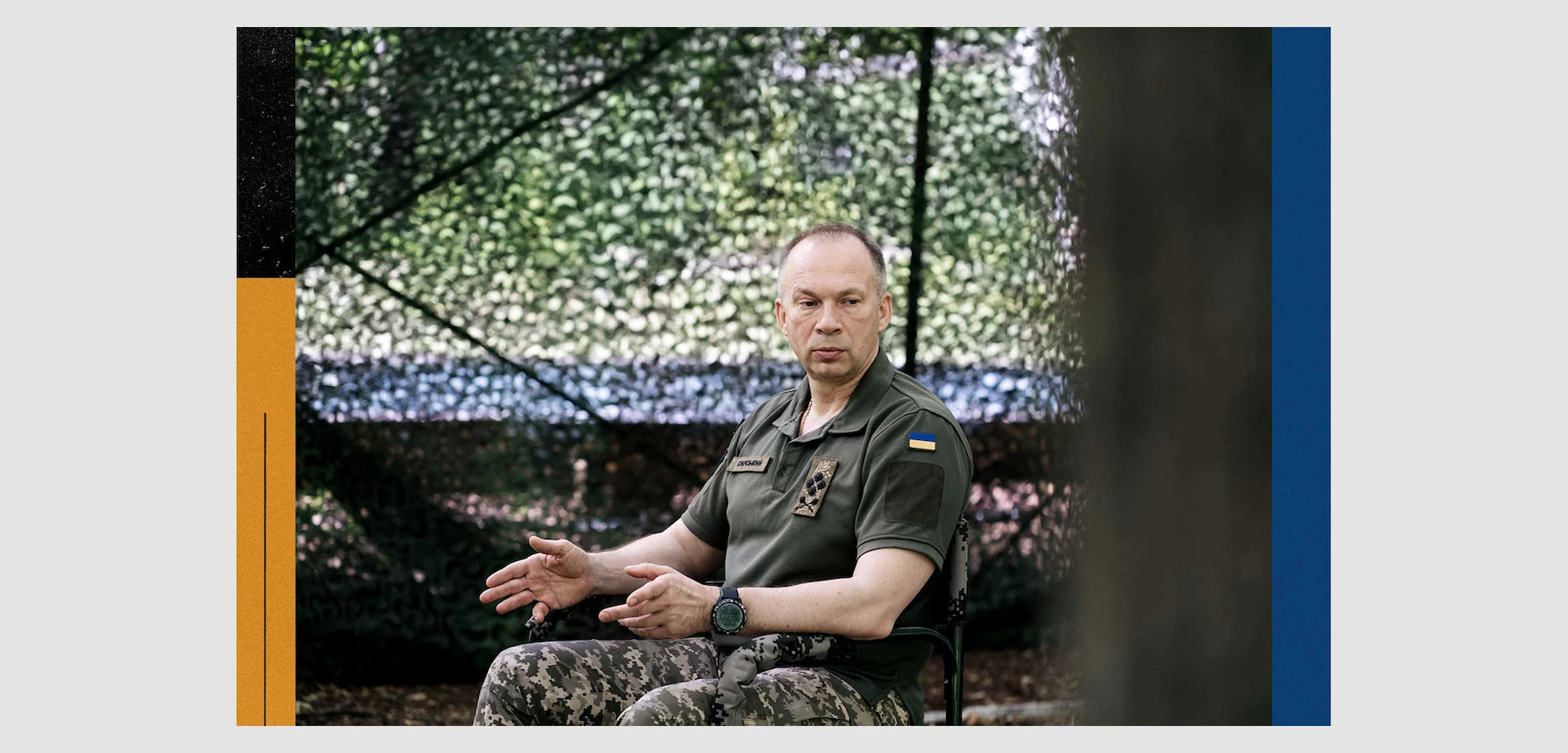
“But we’re the military,” said Syrsky, one of several top Ukrainian military and political officials who spoke at length about the battle for Kyiv, some of them, like Syrsky, in their first extensive interviews. “Therefore, regardless of what I believed or didn’t believe, how it all seemed, I still carried out the activities required.”
Given the array of Putin’s forces along Ukraine’s borders, Syrsky had determined that if the Russians did attack Kyiv, their columns would advance along two or three major highways on what they foresaw as a fast, decapitating drive to the government quarter in Kyiv. The Kremlin battle plan assumed the city would be left defended by only weak Ukrainian forces, disoriented by the political chaos as Zelensky and his ministers fled.
To protect the city, Syrsky had organized two rings of forces, one in the outer suburbs and one within the capital. He wanted the outer ring to be as far from the inner ring as possible to protect the downtown area from shelling and keep the Russians fighting on the approaches to Kyiv.
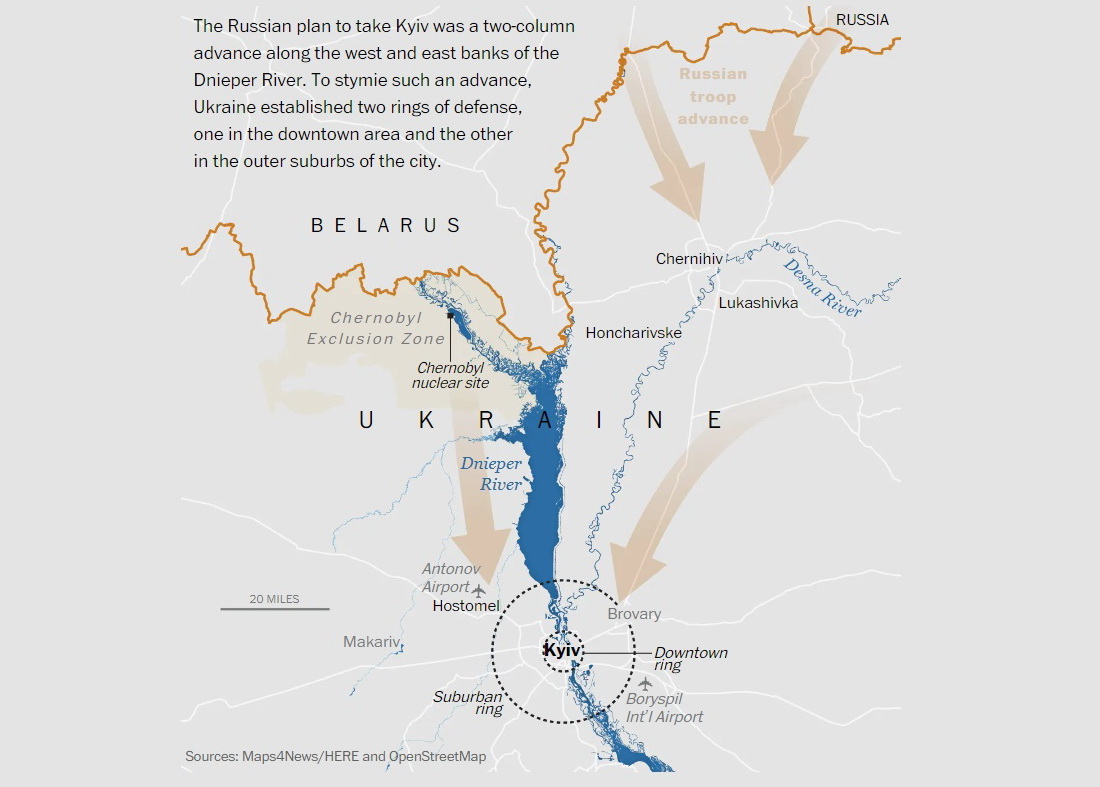
Syrsky divided the city and the surrounding region into sectors and assigned generals from the military education centers to lead each area, creating a clear chain of command to which all Ukrainian military units and security services would answer. Tactical decisions would be made immediately by officers on the ground without having to consult headquarters.
About a week before the invasion, the Ukrainian military had moved all command posts into the field toward the probable axes of a Russian advance. Syrsky had also issued an order to move the army’s aviation assets, including helicopters and jets, off major bases, putting them well away from obvious airstrike targets.
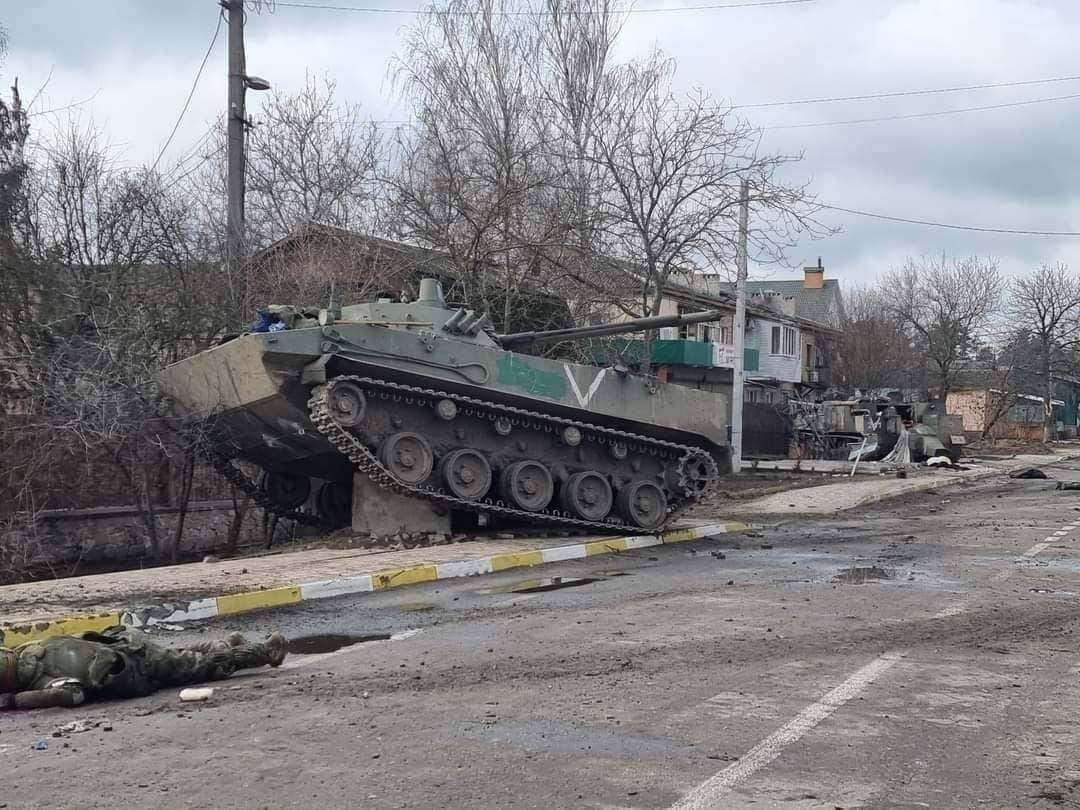
When it came to tank power, however, only one mechanized brigade, the 72nd, was available to defend the capital — clearly insufficient for such a large city. As a fix, Syrsky said, he ordered all the military education centers to create special makeshift battalions and had the artillery systems normally used for training brought to the capital area.
Some of those systems came from the Divychki training center southeast of Kyiv, where Ukraine years earlier had brought back into service heavy Soviet-era tanks known as 2S7 Pions, or Peonies. Juggernauts of artillery warfare, each weighing 46 tons and carrying 203mm howitzers, they can fire shells of over 240 pounds more than 20 miles.
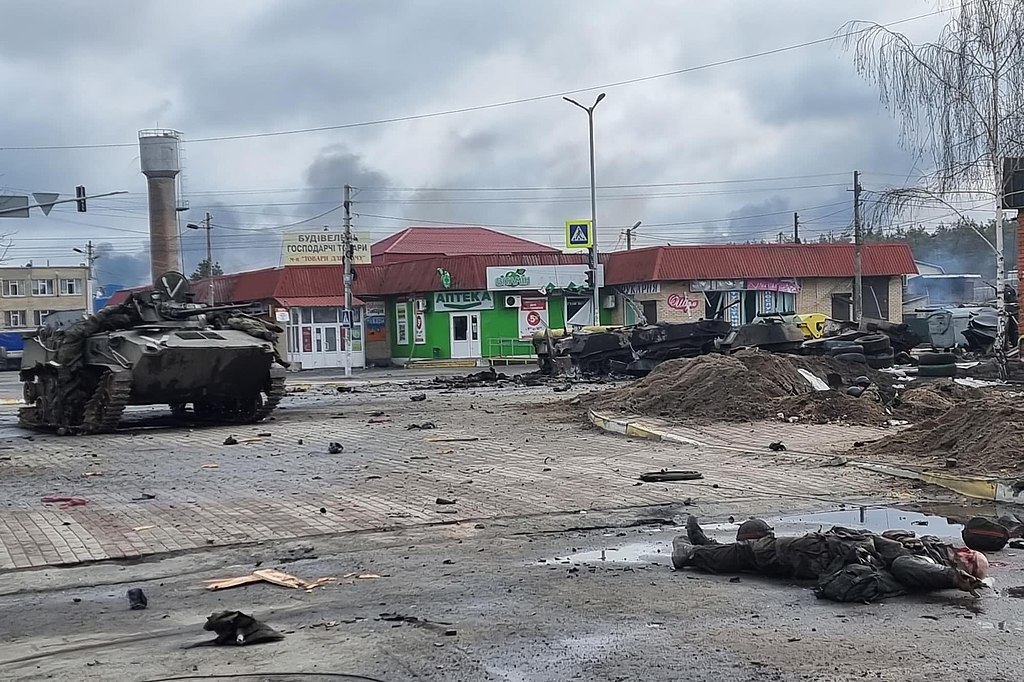
Syrsky ordered his artillerymen to take up defensive positions outside the city, to the northeast and northwest, the areas likely to face a Russian onslaught.
That single move turned out to be critical, according to Kyiv’s mayor, former boxing champion Vitali Klitschko, because Russia targeted the bases where those systems were normally housed in the very first hours of the war.
“The leadership of the country said there wouldn’t be a war, but the military knew,” Klitschko said.

The Ukrainians largely kept their preparations to themselves. A senior U.S. defense official said Washington knew more about Russia’s plan to invade than about Ukraine’s plan for defense, fueling doubts about how Kyiv would fare. U.S. officials suspected that the Ukrainian military was wary of sharing war plans while its political leadership was downplaying the likelihood of war, the official said, speaking on the condition of anonymity to discuss a sensitive matter.
Find more in the genuine article of The Washington Post.
Read more: 182 Days of the War: russian Casualties in Ukraine





